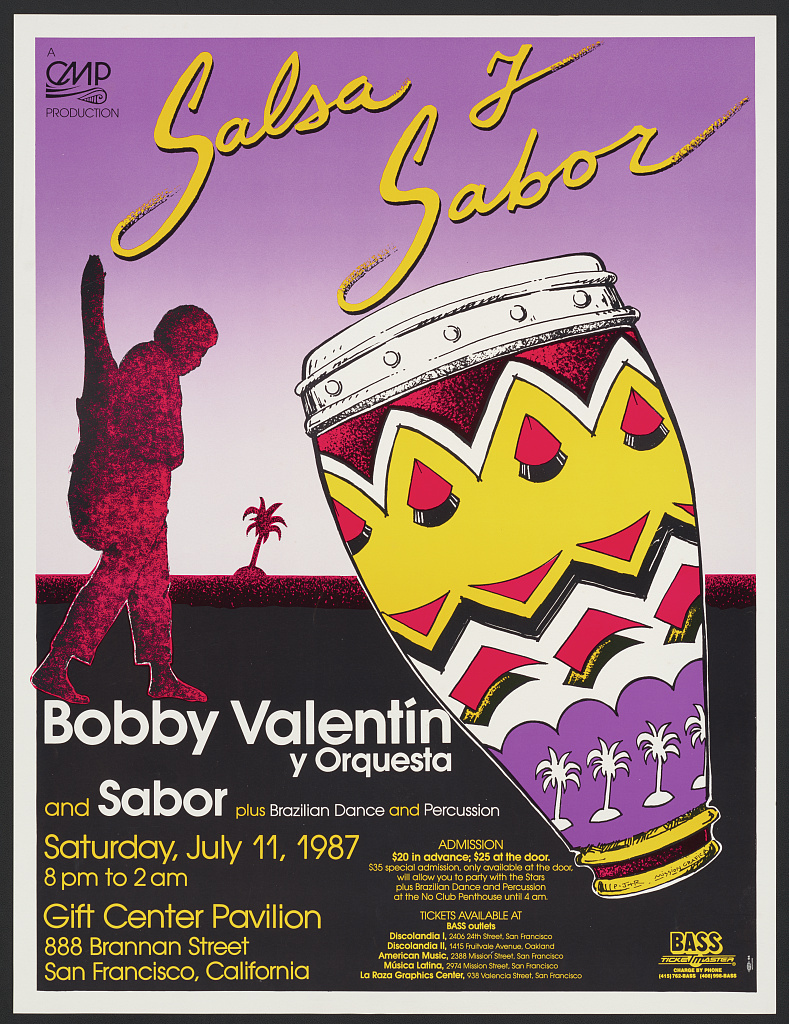See This Report about Dance Fridays
Everything about Dance Fridays
Table of ContentsEverything about Dance FridaysDance Fridays - QuestionsWhat Does Dance Fridays Mean?Top Guidelines Of Dance Fridays
Allow's think about Salsa dance and songs as a huge Tree that looks like this: Salsa is danced worldwide while lots of technical facets of the dance coincide across designs (6 steps over 8 beats danced on a quick-quick-slow or slow-quick-quick rhythm), there are numerous "hallmark" features of the major styles of Salsa that differentiate one from the other.Pairs getting involved in a Casino site Rueda dance all moves in unison as called by a Leader. Distinguishing attributes of Cuban style salsa are round turn patterns (with "break back" steps on counts 1 and 5) as well as body language influenced by traditional Afro-Cuban folkloric dances. Distinct attributes of Cali style salsa fasts and intricate footwork, danced with a solid hand hold connection between partners.
The origins of the style are a subject of argument, yet it is claimed that New York style Salsa dance stemmed in the 1960's as a result of the increase of Latin American emigrants after the Cuban Revolution. Eddie Torres is one of the most well known New York style dancer, being practically generally credited with promoting the design to dance centres beyond New york city.
The standard rhythm of "On-2" is slow-quick-quick. The "youngest" of the styles of Salsa, L.A. Style (some people have called it "West Shore" design) became popular in the 1990's and has its beginnings in ballroom (Mambo, Swing and Cha, Cha, Cha). Turn patterns lead and follow techniques are heavily influenced by these designs, with the Cross Body Lead being the foundation of the design.
What Does Dance Fridays Mean?
Style are execution of turn patterns and numbers in the "slot", with the break actions on matters "1" and "5". This design is additionally identified by expensive and usually detailed arm designing by the follow to accent the "1" and "5" counts. The standard rhythm of "On-1" is quick-quick-slow. While Salsa music has solid origins in Cuban, Colombian and Puerto-Rican folkoric traditions, it can not be marked down that all Afro-Latin and Latin American societies have actually contributed to contemporary Salsa songs as we understand it today.
It's feasible that due to political reasons the payment of Afro-Cuban culture and heritage to modern Salsa in the 1960's and 70's is not commonly recognized, but it can not be ignored the big payment and influence of the "Queen of Salsa", Celia Cruz (salsa club san francisco). Many thanks to the internet and ease of access to info, the popularity of Salsa songs, dance and society has spread out like wildfire over the last 30 years and even after that contemporary Salsa artists proceed to pay tribute to the Establishing Fathers and Mommy of Salsa.
Today Salsa songs is created, performed and well known global. In 2000 the impact of Latin American music and society (not just Salsa) was identified by the National Academy of Recording Arts and Sciences in the United State and the Latin Grammy Honors were developed. The Latin Grammy's have actually brought attention to the Salsa Legends and modern Salsa musicians alike
Dance Fridays Things To Know Before You Get This
distinguishing features of Salsa songs are: 4/4 time signature, Boy Clave and Tumbao rhythms, Montuno Piano Unless you have a background in music, the above 3 attributes probably indicate absolutely nothing to you. A less complicated means to explain Salsa songs is just how it does NOT seem like other sorts of Latin American music.
Bachata is a straight 4 beat dancing with a frequency of a syncopated guitara line and a clear absence of any "difficult" piano, brass (trumpet, trombone) lines. Cha, Cha, Cha resembles Salsa music one of the most as it really feels like "really slow" salsa/mambo. salsa club san francisco. Cha, Cha, Cha can be identified by it's emphasis of the double tumbao beat on counts 4 +5 and 8 +1 (the "cha-cha-cha") You've been to a Salsa night at a club and you're addicted you love the music, the energy, the appearance of two professional dancers gliding across the dance flooring executing cool spins and turn patterns
A lot of brand name brand-new professional dancers choose to discover L.A. "On-1" style slotted Salsa styles are the most prevalent in North America (with some exceptions of some metropolitan centres that still predominantly accept Cuban and Puerto Rican styles) and L.A
Some Known Details About Dance Fridays
L.A. Style will design teach promptly educate fundamentals of Principles timing, weight transfer and turn pattern transform. Numerous professional dancers, when they've had a year or two of dance L.A. Design Salsa under their belts, "button" to New York style in order to diversify their dancing vocabulary; however lots of dancers make a decision to stick to just one design of Salsa and appreciate their time on the dancing floor in that particular design.
Style and New try these out York Style all being danced in the same club, with most of the professional dancers having the ability to switch over from one style to the other from one track to the next. Despite which design you select it is very important to stick to that design until you're very comfy with the basics of timing, body rhythm and foundation relocation execution prior to thinking about "changing" designs (if you want to).
